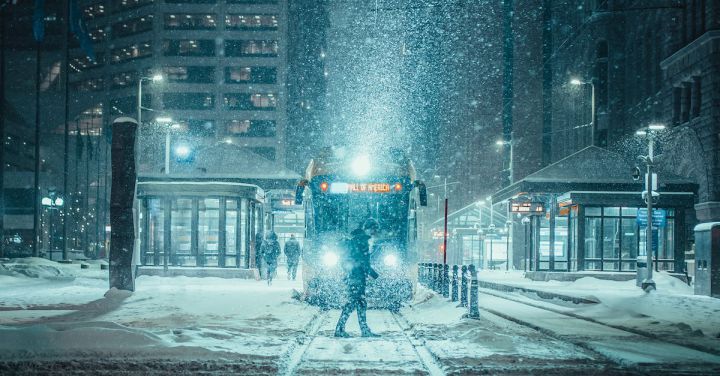Train stations are often seen as mere transit stops, places where people come and go, rushing to catch their trains or waiting impatiently for their next destination. However, these bustling hubs of activity are much more than just places to catch a train. They are vibrant epicenters of culture, history, and human connection.
One of the most fascinating aspects of train stations is their architectural beauty. Many train stations around the world are architectural marvels, with stunning designs and intricate details that are a feast for the eyes. From the grandeur of Grand Central Terminal in New York City to the elegance of St. Pancras International in London, these stations are more than just functional buildings – they are works of art that showcase the creativity and ingenuity of their architects.
Beyond their architectural splendor, train stations also have a rich history. They are witness to countless stories and events that have shaped the world we live in today. For example, the iconic Union Station in Washington, D.C. has witnessed presidential inaugurations, historic speeches, and the comings and goings of countless leaders and dignitaries. Walking through the halls of such a station is like stepping back in time and being a part of history.
Train stations are not just places to catch a train, but also gateways to new adventures and experiences. They are the starting points for exciting journeys that can take us to new cities, countries, and even continents. The anticipation and excitement that fills the air at a train station is palpable – a feeling of endless possibilities and the thrill of the unknown. It is a place where dreams begin to take shape and where stories are waiting to be written.
Moreover, train stations have a unique ability to bring people together. They are melting pots of diverse cultures, languages, and backgrounds. As travelers from all walks of life gather in these stations, conversations spark, friendships are formed, and connections are made. In the hustle and bustle of a train station, strangers become acquaintances, and sometimes even lifelong friends. It is a microcosm of the world, where different people and cultures intersect and collide, creating a vibrant tapestry of human interaction.
In addition to being centers of human connection, train stations are also hubs of economic activity. Many train stations house shops, restaurants, and other businesses, creating employment opportunities and contributing to the local economy. Travelers passing through these stations often stop to grab a bite to eat, do some shopping, or simply explore the surrounding area. Train stations can be catalysts for economic growth and development, breathing life into the communities they serve.
In conclusion, train stations are much more than just transit stops. They are architectural wonders, witnesses to history, gateways to new adventures, and catalysts for human connection and economic activity. So, the next time you find yourself at a train station, take a moment to appreciate its beauty, soak in its history, and embrace the possibilities it holds. After all, train stations are not just places we pass through – they are destinations in themselves.
